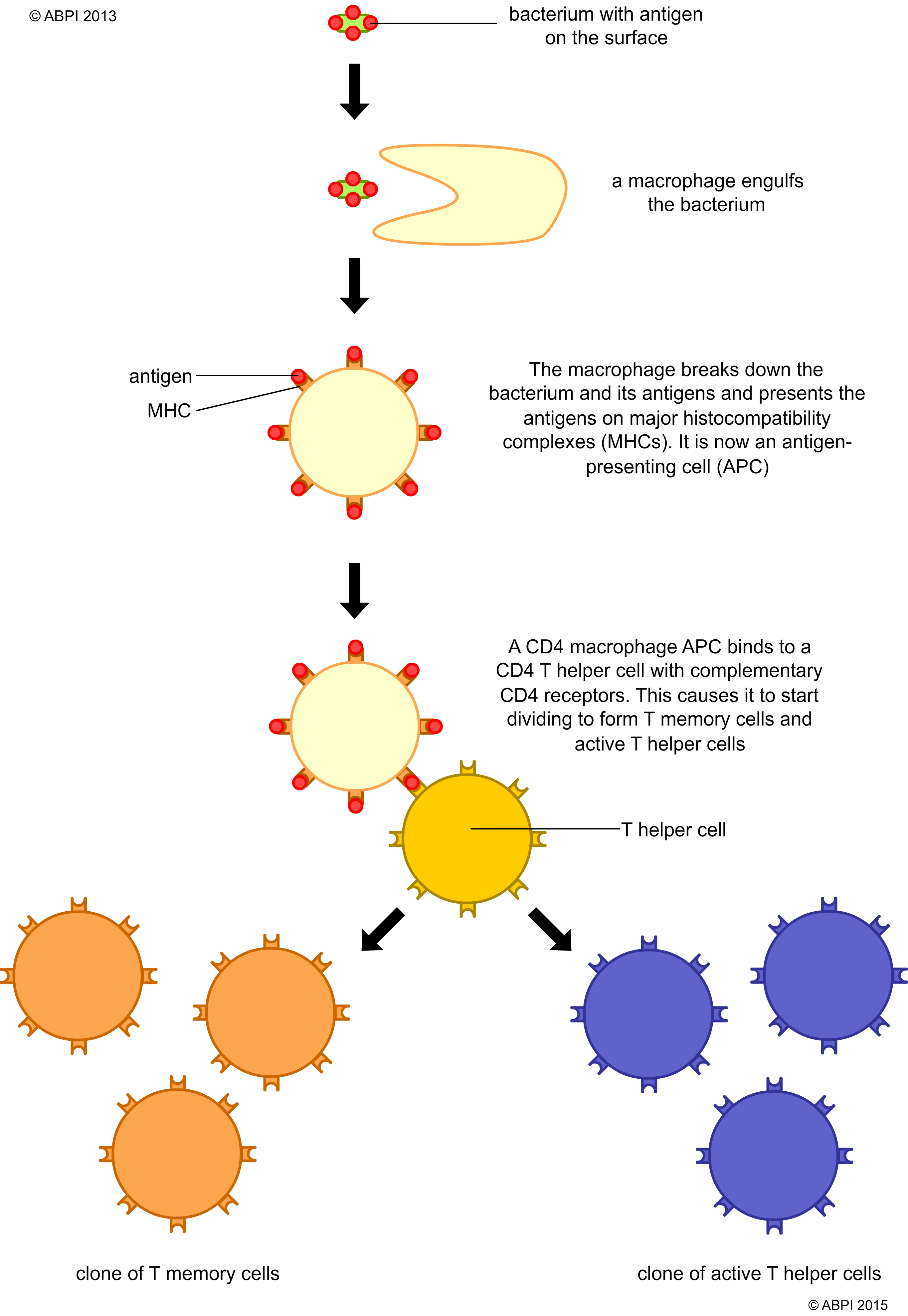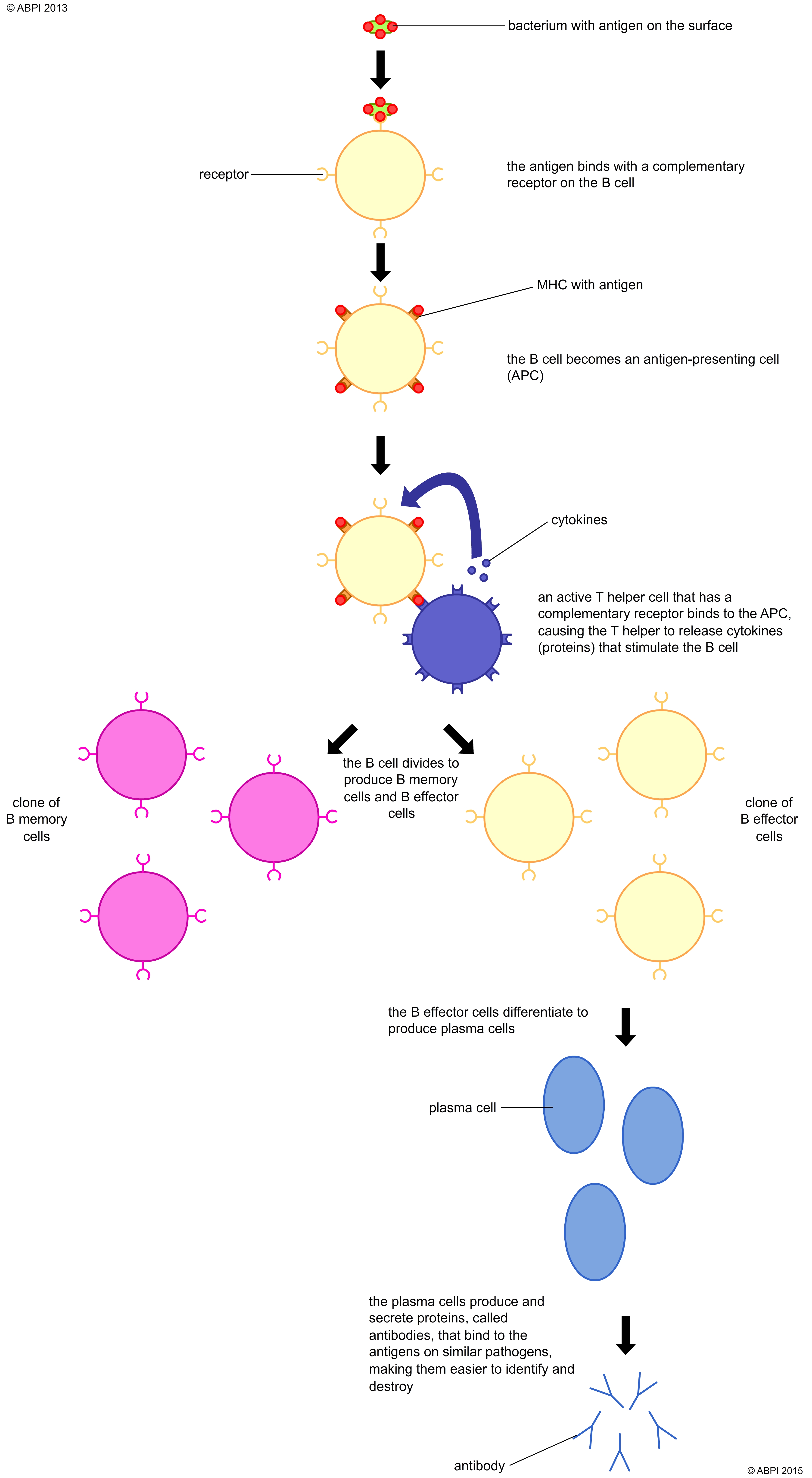This topic takes on average 45 minutes to read.
There are a number of interactive features in this resource:
 Human biology
Human biology
The cells of your body carry a unique set of antigens on the cell surface membranes that mark them out as your cells. Some of these antigens will be common to every other member of the human species, others will be unique to you as an individual. Your antigens will usually be more similar to those of your relatives than to those of total strangers. The only organisms with totally matching antigens are identical twins and clones.
Your immune system enables your body to recognise anything that is non-self and remove it from the body as efficiently as possible. It responds to specific foreign cells and it is very diverse, recognising around 10 million different antigens. Your immune system also provides you with an immunological memory which means once your body responds to a pathogen the first time, it can respond rapidly if you meet it again.
The immune system is very complex. Part of the system responds to antigens found on the outside of pathogens or body cells. This is the humoral response and it is brought about mainly by the B lymphocytes. On the other hand, the cell-mediated system responds to body cells that have changed in some way – for example cells infected by viruses, or cells such as cancer cells that have a mutation. It is brought about mainly by the T lymphocytes.
| B cells | T cells | ||
|---|---|---|---|
| B effector cells | Divide to form plasma cell clones | T helper cells | When activated by antigen presenting cells (APCs) produce cytokines that stimulate B cells and T cells |
| Plasma cell clones | Produce antibodies to a specific antigen very rapidly (2000 molecules per second) | T killer cells | Lymphocytes that when activated produce chemicals that destroy pathogens or cells infected by pathogens |
| B memory cells | Long-lived cells that help provide immunological memory so if the pathogen is encountered again they will rapidly produce the right antibody | T memory cells | Long-lived cells that help provide immunological memory so if the same pathogen is encountered again they form a clone of active killer T cells that destroy the pathogen |
Both parts of the immune system depend on the activation of the T helper cells to produce special chemicals known as cytokines.
The humoral response to antigens results in the production of antibodies, glycoproteins that are specific to a particular antigen. Antibodies are not attached to cells but are free to travel round the body in the blood and tissue fluid.
T helper cell activation
The humoral response to antigens results in the production of antibodies, glycoproteins that are specific to a particular antigen. Antibodies are not attached to cells but are free to travel round the body in the blood and tissue fluid.
T helper cell activation

